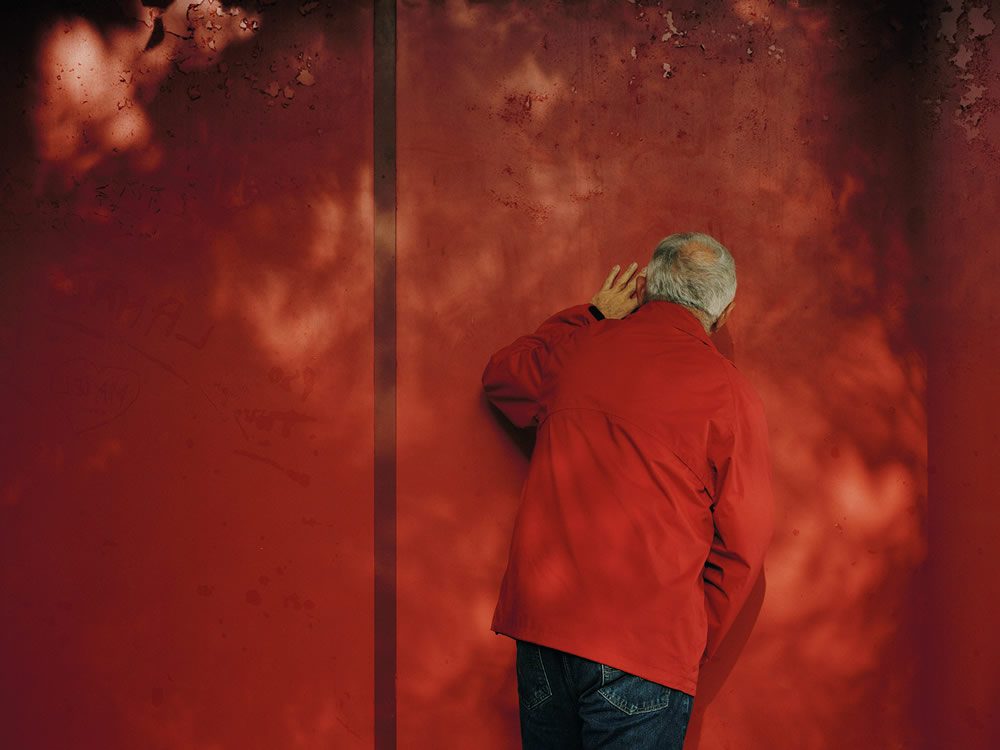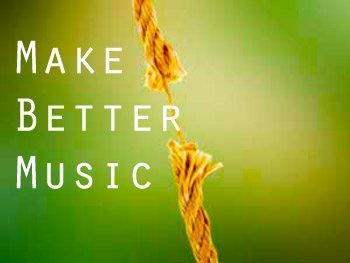Having just returned from a family holiday at Disneyland in Paris, I’m in that funny phase where I’ve been forcefully removed from my music gear, and put into an environment where I have to take a break from all music stuff, indeed from everything except holiday stuff.
Being a thoughtful type, I tend to analyse these feelings. The most major change, after just a few days of separation from writing music is the disconnection from whatever I was working on. Those ideas have faded and no longer seem urgent. I’ve never been good at working intermittently though – I have to start and finish ideas fast or I lose my way with them.
Another interesting realisation, specific to time spent in a Disneyland Resort, is that it is hard to feel anything but happy when the air is constantly filled with ragtime, pumped out into the streets through curiously hard to see speakers.
The whole experience rejuvenated my interest in orchestral music, and kick-started my long-festering obsession with arrangement. I love the orchestral sound and find endless fascination in combining instruments and harmonies. Sadly working with midi versions of orchestral samples is limited here – you can’t blend tones the same way as you can with real players. It’s weird – I’ve always loved writing for the orchestra (I’ve never heard a single piece played), whilst I find trying to coax interesting sounds out of synths a really irritating experience!
At Disney though, the endless ragtime music was not irritating, which I found strange, as pretty much any other kind of music pumped into your ears whether you like it or not, becomes intolerable very quickly. Ragtime is good-time music, lightly kicking rhythms and simple, lively melodies. The stops and starts stimulate the ears.
Sometimes something as simple as this kind of chance encounter can remind you of what can be done – there’s always so many more possibilities, so many options and styles.
Why does this music seem to embody the optimism of an age before the world wars? I don’t know, but it does remind me that within each genre there are infinite possibilities…and all musical elements can be combined, and recombined at will, like a painter mixing colours on a pallette. It appears that ragtime originated from old traditional folk music tunes and “Sousa” style marches (think the Monty Python theme tune, the style of which became popular around the same time as ragtime) combined with a new dance hall and bar room style of syncopation – specifically made by non-reading musicians. Much of the music that became known as ragtime must have been lost with the people who played it, sadly undocumented. However, I’m not here to sell you ragtime! Merely to to remind that sometimes choosing to, or being forced to listen to something outside of your normal tastes can be refreshing, inspiring and a learning experience too!
In my experience the best musicians listen widely and learn from as broad a range of music as possible.
About Dave.
David Learnt composition (harmony, counterpoint and orchestration) to degree level through studying Schoenbergs Fundamentals of Musical Composition. He is a founder member of Avant Pop duo Cnut, and orchestral doombience outfit Regolith.
Make Better Music is updated every Tuesday. For previous articles search for 'Dave Graham'
Image: Francesco Marino / FreeDigitalPhotos.net

David Learnt composition (harmony, counterpoint and orchestration) to degree level through studying Schoenbergs Fundamentals of Musical Composition, the classic text on twentieth century harmony by Vincent Persichetti, Henry Mancini’s Sounds and Scores, Rimsky-Korsakov’s excellent books on orchestration as well as studying any scores that intrigued me. He is a founder member of two bands, avant pop duo Cnut, and orchestral doombience outfit Regolith, and have performed across Europe with them.




















